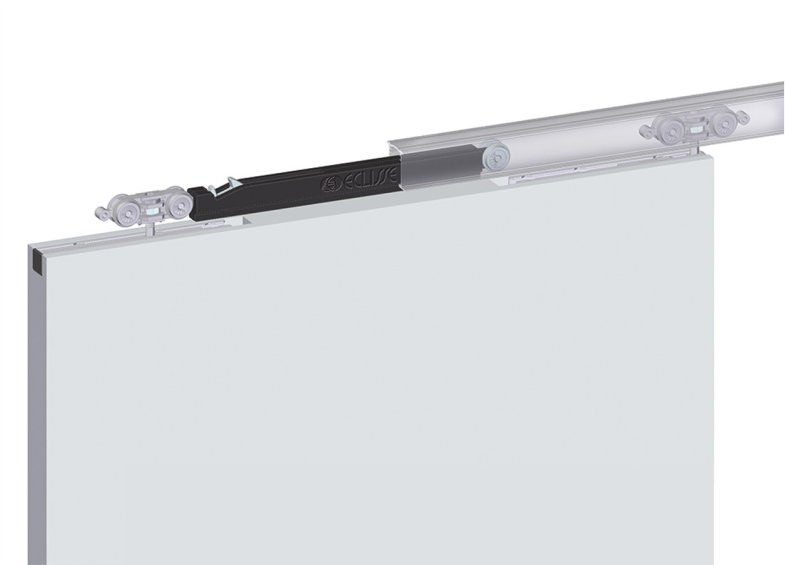Safety considerations for pocket doors
The headline benefit of the pocket door is its space saving quality and how it allows you to create a new use for a room or to have multiple uses for a room. The door opening into a wall recess rather than swinging into the room itself creates a vital ten square feet of space which means you can fit much more in it. This can be transformational in some homes and businesses, while using pocket doors to zone-off areas temporarily is also very useful, such as dining rooms, kitchens and living rooms on the ground floor of a home, or demo, meeting and training areas in the workplace. But pocket doors can deliver excellent safety benefits also, and there are a number of safety features of the pocket door which perhaps go unrecognised.
Soft-close accessories for the pocket door
Frequently used doors in the home take a lot of hammer and often without us knowing it. Kids can slam the doors, maybe the wind can catch a door unexpectedly and when we are rushing about in a race against time in the morning, we can often slam the door accidently. This can make a lot of noise, but it can also damage the door and it can cause injury. Hands, arms and feet can easily get caught in a door that is slammed shut, so the soft-close feature of a pocket door is an essential safety accessory which can prevent this.
The soft-close/anti-slam feature can be retro-fitted and works like a conventional door closer on a door in a public building. This means the mechanism takes control of the door’s closing action at a certain point and uses pneumatic power to slow the process down, so the door reaches the rest position carefully and without trapping limbs or knocking someone.
Other important safety features of a pocket door
However, the anti-slam feature is not the only safety feature of the pocket door. Indeed, creating space is a safety feature in itself. Having more room to manoeuvre makes it easier to navigate a small space and hence there should be less accidents, and you won’t need to stack items to save space, so the contents of a room are less likely to fall over. But other safety features include:
- Self-close – The self-close feature is another accessory which automatically closes the door after it has been opened. From a fire safety point of view it is important that key doors are shut after use to prevent the spread of fire, but this feature is also good for security if the door has an automatic locking mechanism which is only engaged when the door is shut. This is particularly useful in the workplace where the employer has a duty to protect its employees.
- Fire doors – Most pocket doors can be supplied as fire doors. Where regulations stipulate the use of fire doors, they can be supplied as pocket doors so you don’t miss out on the practical benefits. Fire doors are made from a denser, more fire-retardant material which is tested to prevent the spread of fire for a certain period of time, to enable people to escape the building. So an FD30-rated pocket door should prevent fire spreading for 30 minutes. These can be supplied as single or double doors.
- Steel fabrication – Pocket door frame systems are made from a lightweight steel, which means they are easy to handle and install, but are still robust to withstand years of constant use. This is an important safety feature because the basic construction of the system is non-flammable, but it is also light and won’t cause any injuries when assembling the frame system.
- Finger traps – Many people look at the pocket door operating and don’t like the idea of the door disappearing into a narrow wall recess. When you install the door you have the option of allowing it to open fully into the ‘pocket’ or to leave a portion protruding so you can grab the door with your fingers when you want to close it. It’s true that there is a danger of trapping fingers if the door is closed flush in the pocket, but there are ways to avoid this. Firstly, you can install a stopper in the pocket itself so the door doesn’t close flush, but this does narrow the door space through which you pass, which not everyone wants. So there are two accessories which can help in this situation. Firstly there is a finger pull system, which is a rounded attachment which can be integrated into the leading door edge, and allows you to grab the door to close it. Also there is a ‘touch latch’ system, which again is installed into the leading edge of the door, but works as a button which, when pressed, ejects the door from the pocket and enables you to close it.
All these safety features are available from MB Direct, so browse our pocket door range and see what works for you, then you can order online with us today.